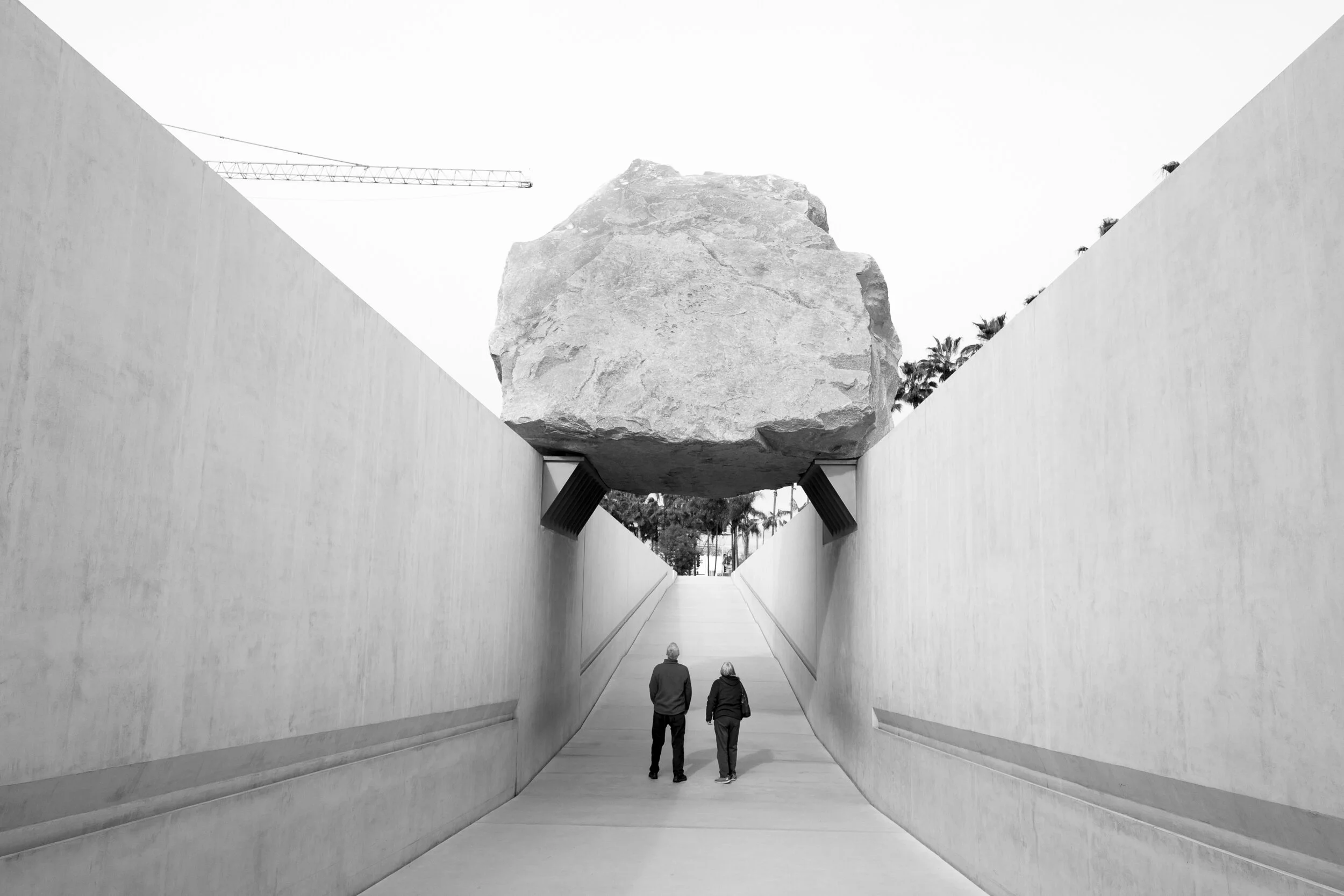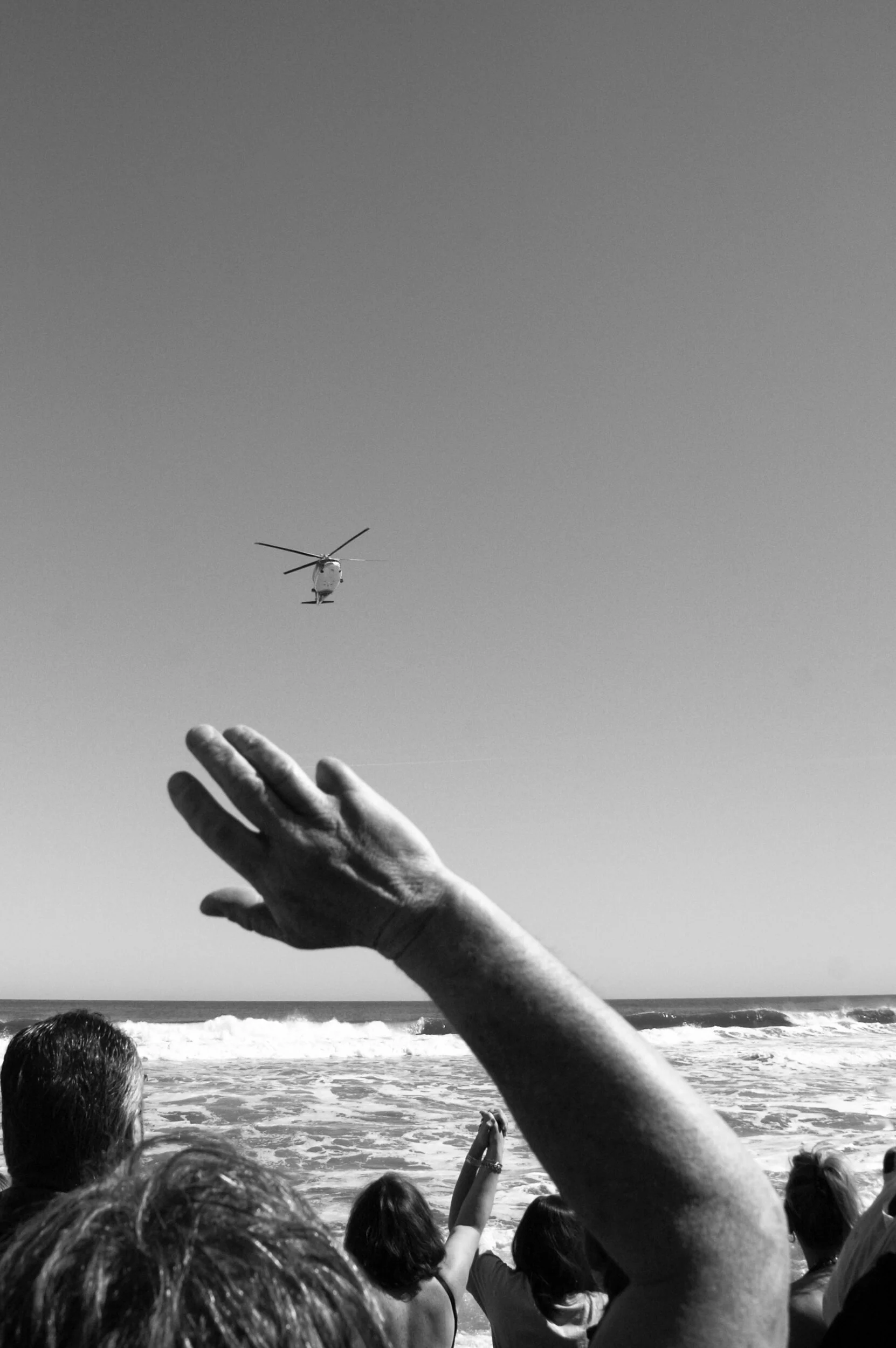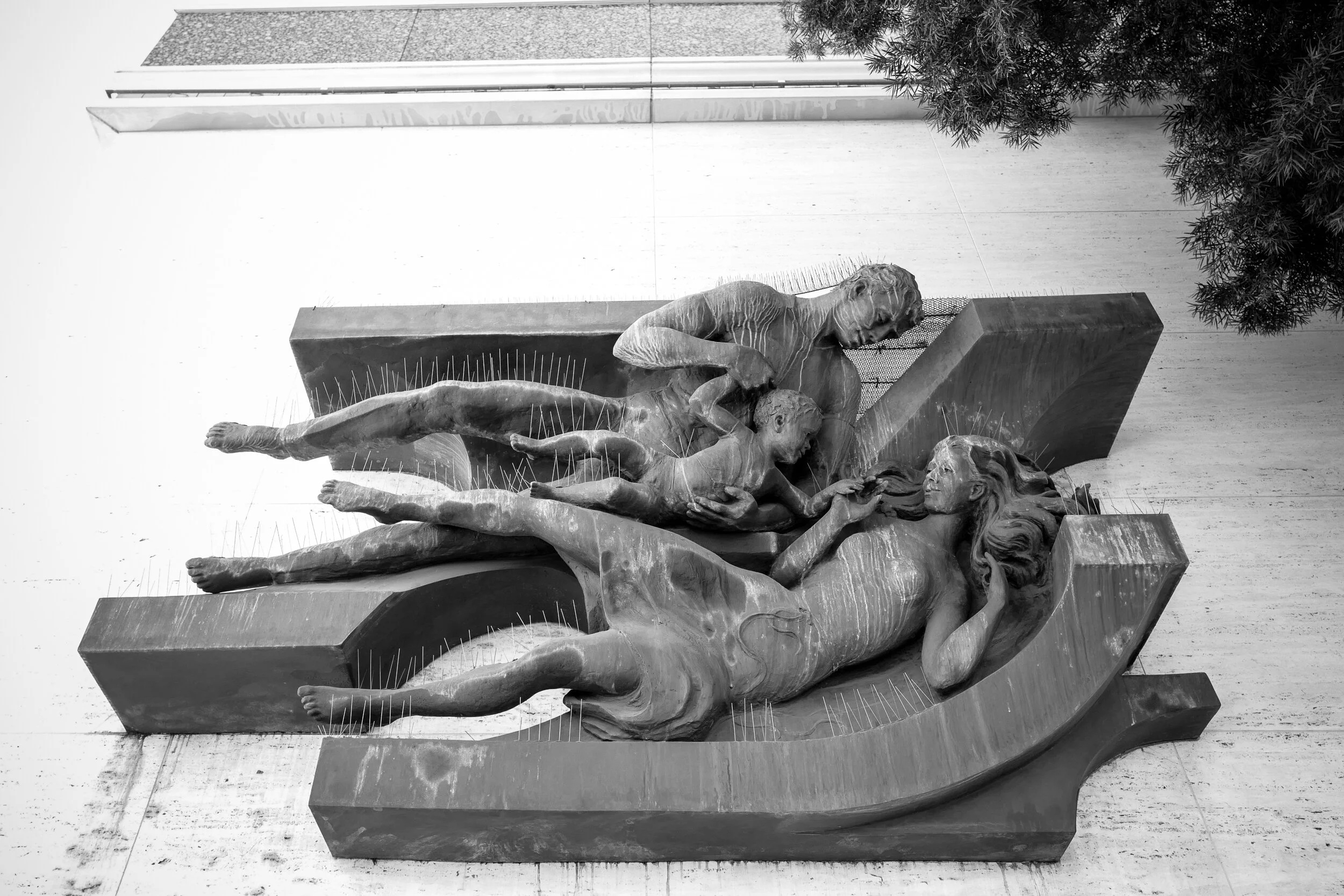Figments of Nonfiction
Surrealism and Documentary Photography
2005-open ended
-text below gallery-
Figments of Nonfiction
April 1, 2021
"Whereas it is a commonplace that, for example, we have some idea of what is involved in the act of walking…we have no idea at all what happens during the fraction of a second when a person steps out. Photography, with its devices of slow motion and enlargement, reveals the secret. It is through photography that we first discover the existence of this optical unconscious, just as we discover the instinctual unconscious through psychoanalysis."
- Walter Benjamin, A Short History of Photography
There is somewhat sparse literature in the courting of the Surrealist movement and documentary photography by art historians, despite having many shared influences, historical contexts, artistic friendships, aesthetic affinities, political affiliations and geographic overlaps in the early decades of the 20th century. The books of Ian Walker on the interplay between these art movements in France and England during the interwar period are some of the only comprehensive works I have come across that specifically address the dynamics between Surrealism and Documentary photography.
One of the likely reasons this historical decoupling persists is that Surrealism, conceptually rooted in the interior world of conscious and defiantly substituting external reality with a psychic reality, is seemingly an astrological opposite to documentary photography, which is based in the mechanically assisted representation of reality and “truth.” Though the medium of photography was well embraced by Surrealists, it was more often utilized in forms of collage, staged scenes or darkroom manipulation to comment on the “dubiousness of reality.” Though some of the work is certainly interesting, I find the “Surrealist Realism” produced by the documentary photographers of the era, who were not declared surrealists, more intriguing in their ability to expose the space between, as Conrad Maddox describes, "the life of dreams and the waking life…reason and unreason,… sanity and madness and.. the real and unreal.”
The subconscious, the ID or dream state lurking in the world around us, becomes capturable through the photographic “document,” often exposing a reality stranger than fiction when borders are drawn and scenes are frozen in time. They become figments of non-fiction, a document between conscious and unconscious. Documentary photography holds the ability to exhibit the absurdity of our reality through the visual disruption of reason that becomes drawn in light in the micro-seconds before the brain can fully reflect on the scene. The captured moment allows for a conscious, prolonged gaze into this in-between which our subconscious mind is tasked with sorting. In these fleeting moments, the photographic document captures raw displays of human emotion, before they are quickly re-masked by the viewer and subject's consciousness, again providing a lens into our primitive unconscious. The photographer's act of capturing these moments is often not so unlike the "psychic automatism" embraced by early Surrealists, with a photographer's muscle memory fulfilling the desires of their unconscious impulse. Like Surrealists, the modes of artistic creation in these cases are produced through, as Silvano Levy describes, "visuality rather than vision," a mental picture while still a document of "truth.” Surrealism in this understanding does not exist on a different plane than reality, but within it.
Though these artistic movements may have had clashing methods, goals and ideologies, they often arrived at an aesthetic kinship (and, maybe not coincidentally, a leftist political kinship, as well). Ian Walker explained, "Where the surrealist sought to exploit automatism as a means of entry into the web of poetic relationships inside the human unconscious, [for documentary photographers] 'objective chance' seemed to offer access to the 'optical unconscious' of the exterior world." While Surrealists actively defied conscious reality in their attempt to reconcile its absurdity and discontents, documentary photography embraced it in order to attempt the same. And though the intentions of the photographic document may not have been with surrealist intent, as Walker states, "it is nevertheless a productive frame in which to view them."
The effect surrealist ideology and aesthetics had on artists who would not fall under the movement's defined orthodoxy was quite apparent in the era. This was very much the case for documentary photographers of the time, though almost none embraced the Surrealist credo. The writings of Andre Breton were a noted influence of Henri Cartier-Bresson's photographic work, "…Surrealism…has taught me to allow the camera lens to rummage in the debris of the unconscious and of chance." Cartier-Bresson formed a lifelong admiration for Breton and the Surrealist movement, though he created distance between his 'photo-journalist ' photography and Surrealism: "I have been influenced by Surrealism as a concept, as an attitude to life, but I have great reservations about Surrealist painting, which seems too literary for me." It is not difficult to draw lines between proto-surrealist Giorgio de Chirico’s painted spaces of anticipatory drama to works like Brassai's Paris nightscapes, yet he too disassociates his work from the movement: "I sought only to express reality, because nothing is more surreal." The surrealist staples of voided backgrounds, disembodied figures and visual non sequiturs thread themselves into the work of documentary photography greats of the era, such as Helen Levitt and Manuel Alvarez Bravo, yet Levitt's work is discerned as "lyrical" documentation and Bravo described his instead as "social fantastic."
Surrealists did not so much endorse surrealist realism documentary photography, but more examined it as phenomena that coincidentally spoke to the heart of their visual concepts. This may have been most expressed in the Surrealism movement's fascination with photographer Eugene Atget. Atget's photographic work had no intention of flirting with the ideals of surrealism, being most of it was created well before the movement's formation. Yet its bizarre, understated and often dream-like scenes were proto-surrealist. His work would become a paramount influence to modern documentary photography in the decades following his death in 1927, as well as continue to aesthetically inspire the Surrealists. In the eyes of Surrealists, the intent of a “photographic document” seemed inconsequential to the essence and “super-consciousness” instilled in a photograph itself. As Ian Walker argues, "…a surrealist realism must consist of more than the reproduction of the surface of reality; it must also try to reveal connections and meanings normally obscured and overlooked."
It sometimes feels disadvantageous to place definitive parameters around what makes something “Surrealist” or attach a work to the further implications of what that means if it is labeled as such. This is probably some of the reason documentary photographers of the time attempted to steer clear of this labeling. What arguably makes a documentary photograph "surrealist" as opposed to "lyrical" or "fantastic" leaves much grey area. Maybe the answer best lies in the sentiment of Justice Potter Stewart's words about hard-core pornography, " I shall not today attempt further to define the kinds of material I understand to be embraced within that shorthand description; and perhaps I could never succeed in intelligibly doing so. But I know it when I see it."
For me, surrealist realism in documentary photography lies in the evocation of wonder in the dreamlike scenarios of the everyday, the embrace of life’s absurdity, contained in its pain, joy and the subtle moments in between, which often go overlooked by our narrow view of the world around us. It is also in the way these scenes curiously lend themselves to political and social commentary. Maybe this is rooted in the release of the Surrealist's scorned “psychic repression,” which can produce unintentional social criticisms. The photographs of my own work, which I have included in this series of surrealist documentary photographs, range from the humorous to the sociological to the bizarre and contain a presence beyond what I can allow my consciousness to lay claim to. Perhaps it is this slightly uncomfortable, yet intriguing submission to the inexplicable that evokes “surreality.”
The difficulty in simply defining 'Surreal Realism' also made landing on an appropriate name for the series challenging. I went through quite a few options, but never felt like any quite hit the target. I have for now settled on Figments of Nonfiction. The title comes close to paraphrasing the concept of surrealist realism—inspired by the Andre Bazin quote, "A hallucination that is also a fact". I contemplated Latinizing the title to 'Figmentum Non Ficta' because I thought it would be humorously reminiscent of the self-important bluster of the Surrealist movement and their solemnity of such often silly talking points, but probably correctly decided against it. My favorite unused title option was the following not so concise quote I heard on the radio, which, despite it having no reference to what I have been writing about, potentially would have been just as effective in imparting to a viewer what the project was about:
“Today I am thinking about the fact that I had ants in my bed last night. It should be going up to about 82 degrees Fahrenheit this afternoon, 27 Celsius.”
- From the David Lynch Weather Report, Los Angeles, CA 9/3/20
Allen Ginsberg, "Class 8 Expansive Poetics," Jack Kerouac School of Disembodied Poetics, 1981, digital audio, https://archive.org/details/Allen_Ginsberg_Class_8_Expansive_Poetics_July_1981_81P127
Ian Walker, City gorged with dreams: Surrealism and documentary photography in the interwar Paris, (New York: Manchester University Press, 2002)
Ian Walker, So Exotic, so homemade: Surrealism, Englishness and documentary photography, (New York: Manchester University Press, 2007)
Silvano Levy, "Surrealism: Surrealist Visuality."(New York: New York University Press, 1997)
Peter Lattman, "The Origins of Justice Stewart's 'I know It When I see It," The Wall Street Journal, 9/27/07, https://www.wsj.com/articles/BL-LB-4558
Zachary Braiterman, "Ontology of the Photographic Image," Jewish Philosophy Place, 4/17/13, https://jewishphilosophyplace.com/2013/04/17/ontology-of-the-photographic-image-photography-surrealism-religion-andre-bazin/













































